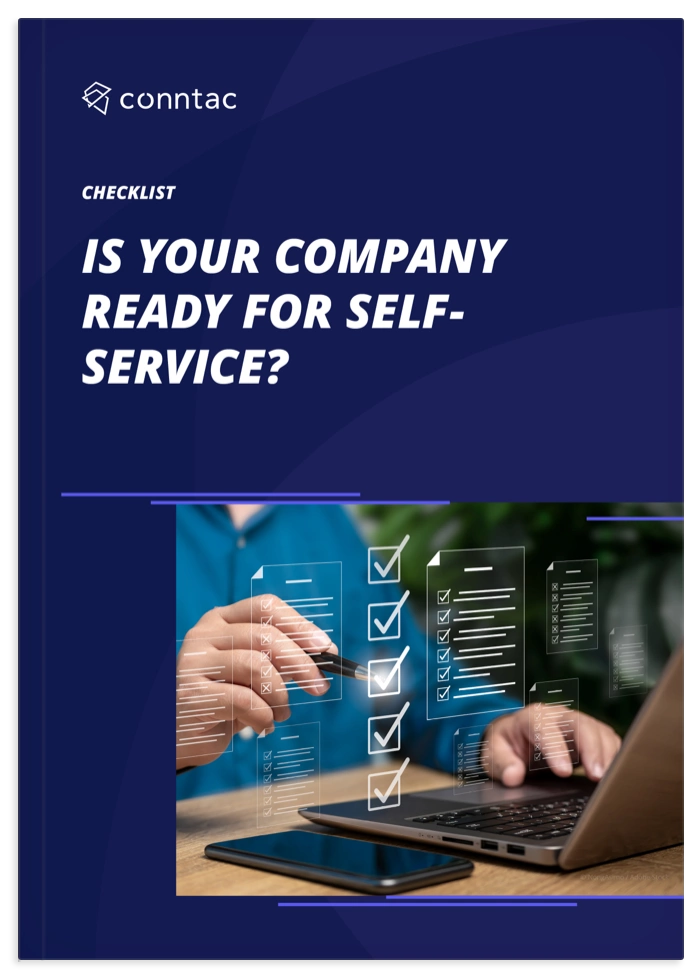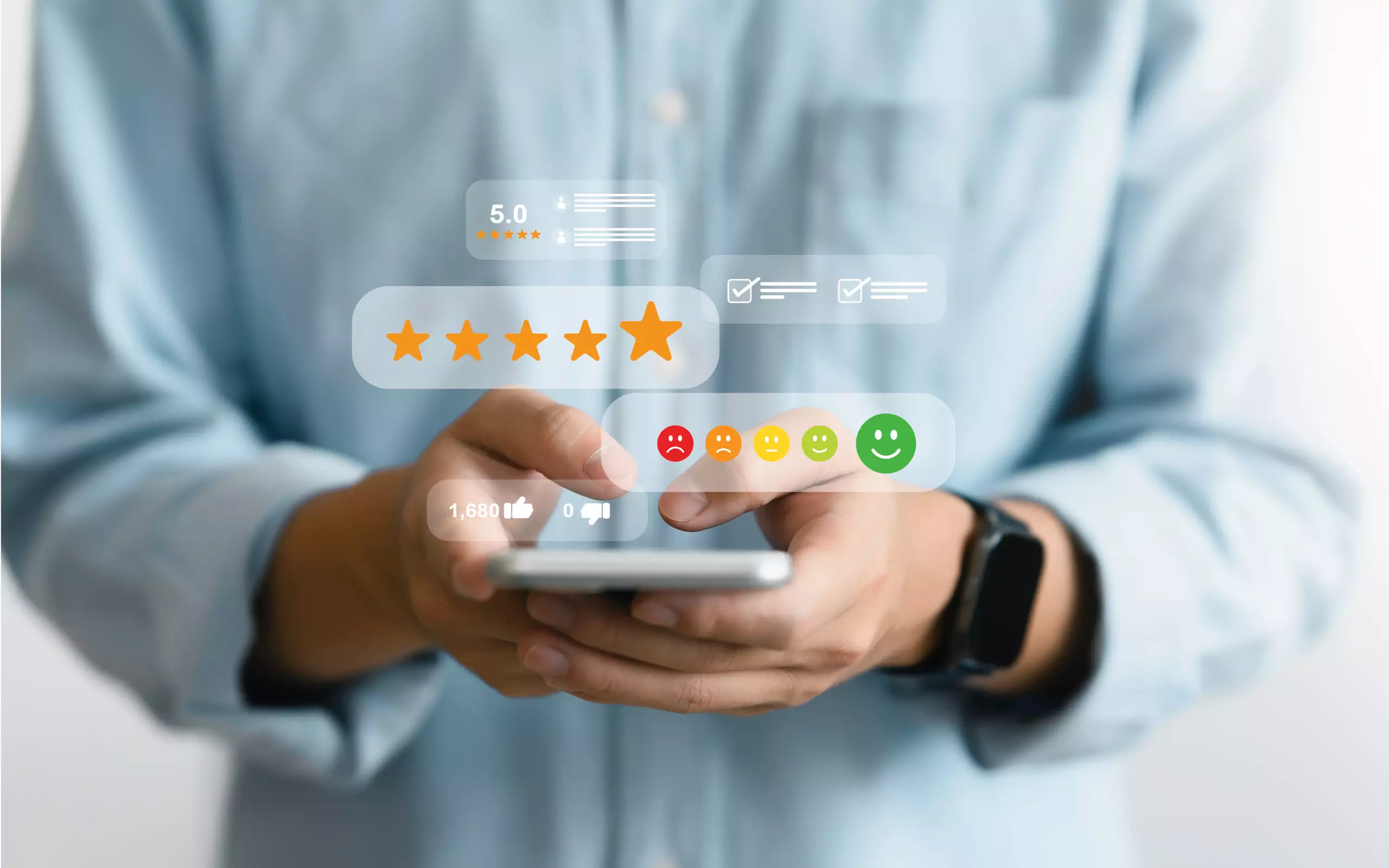In this blog post, we’ll take a close look at the latest trends and developments in self-service apps. From AI-driven chatbots to voice-activated interfaces and IoT integration, we’ll explore the exciting world of self-service apps and find out how they help businesses increase efficiency and deliver a premium experience to their customers.
User-centric customer service and tailored experiences
Welcome to the era of self-service apps, where the power is in the hands of users and the customer experience takes on a whole new dimension. According to Zendesk’s latest CX Trends 2023 report, times have changed: 69 percent of shoppers today want to solve as many problems as possible themselves. And this is where self-service apps come in. They offer users the freedom to handle their own concerns and tasks on their own, without having to rely on the help of customer support staff. Companies have realised that these apps not only increase efficiency but also provide a seamless and user-friendly experience for their customers.
But that’s not all. With continued technological advances and the growing adoption of self-service apps, we are only at the beginning of an exciting evolution. Today’s customers value quick answers and their time. According to Forrester, 73 per cent of customers consider time to be the most important aspect of good online service. Self-service apps offer just that: instant answers and respect for users’ time. They open up a world of new possibilities and fundamentally change the way we interact with businesses and services. Thanks to their diversity of functions and services, self-service apps are increasingly adapting to the individual needs and preferences of users. The ongoing evolution of these apps enables companies to offer a tailored experience to their customers and pave the way for personalised self-service.
Artificial intelligence and chatbots
An emerging trend is emerging in the self-service app space: the use of artificial intelligence (AI) and chatbots. According to a report by Zendesk, 26 per cent of companies surveyed currently offer AI and chatbot-driven self-service, while another 25 per cent plan to introduce this feature in the near future. This trend enables apps to use AI algorithms to provide intelligent and personalised solutions. At the same time, chatbots provide a natural interaction with users by answering frequently asked questions, handling queries and solving problems. The combination of artificial intelligence and chatbots opens up completely new possibilities for self-service apps and is shaping the future of this field. Companies are increasingly recognising the potential of these technologies to provide an efficient and user-friendly self-service experience for their customers.
Voice control and natural language processing
Another significant trend in self-service apps is the integration of voice control and Natural Language Processing (NLP) to enable a conversational experience. According to Statista, by 2024 the number of voice assistants used worldwide is expected to rise to as many as 8.4 billion, as people sometimes use more than one. It is therefore not surprising that voice control is also a significant trend in self-service apps, which is becoming increasingly important given the proliferation of voice assistants such as Amazon Alexa, Google Assistant or Siri. The ability to handle requests and tasks through simple voice commands without having to manually operate the app offers users an extremely user-friendly and intuitive experience. The integration of speech recognition and voice processing in self-service apps allows users to communicate their requests in a natural way and achieve quick results. This technology opens up new possibilities for voice-based interactions and empowers users to handle their requests conveniently and effortlessly. Voice control can especially benefit people who have visual or motor impairments, as they can easily operate the app through voice commands. The integration of voice control in terms of conversational experience in self-service apps significantly improves the customer experience and contributes to increased efficiency and user satisfaction.












